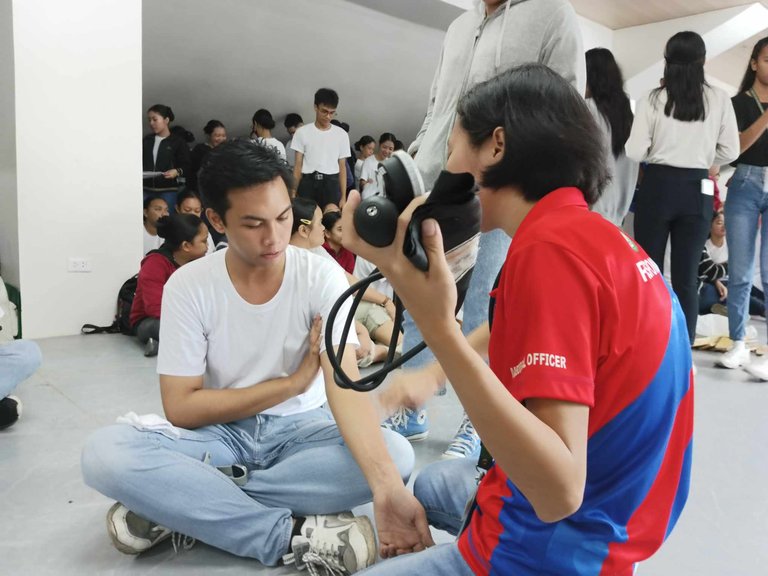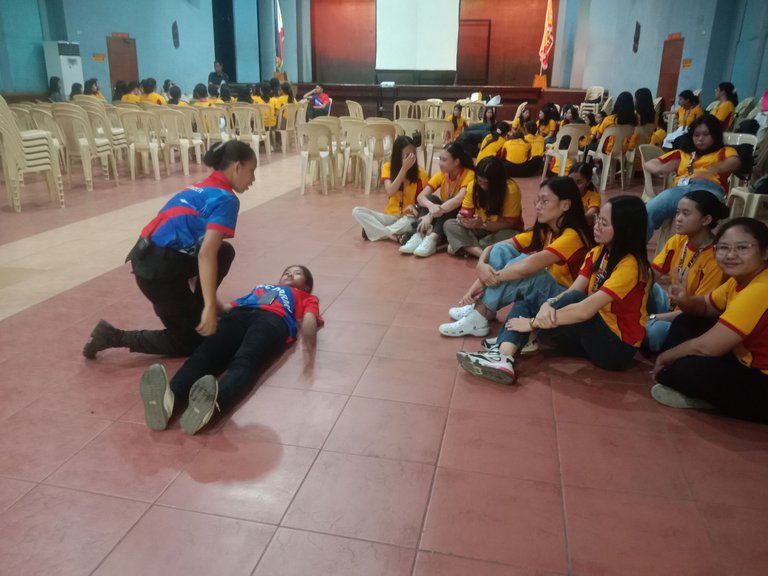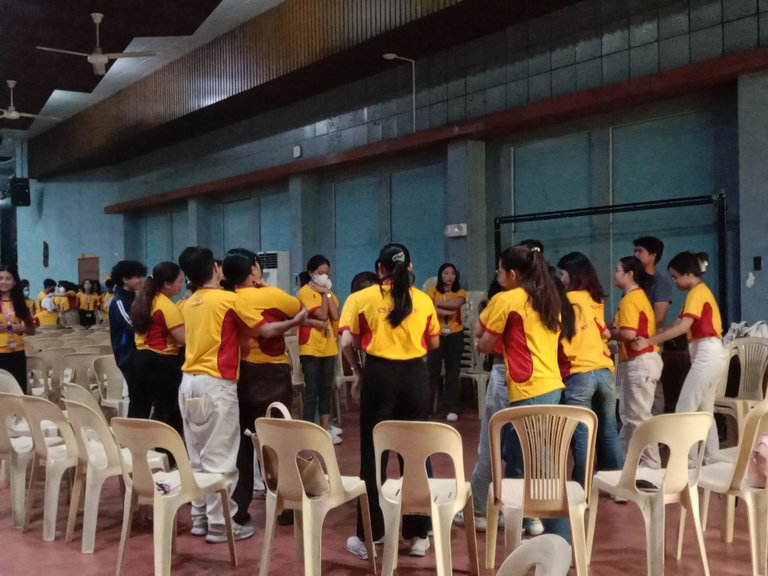Diving into the memory lane, I can still clearly remember the trainings I have attended when I first sign up as an Emergency Rescue Technician, and that happened three years ago. Currently, I'm one of the senior officer from my batch in a School-based Disaster Risk Reduction Management Unit of our campus. Moreover, I have ample experience in teaching Basic Emergency First Aid to students from different schools and universities. If you have been reading my previous blogs, you might have been familiar with what I'm saying here since I'm also sharing my experiences on my blogs.
With all of those experience I have acquired, I can't yet proclaim myself as an expert of this subject matter. There's so much more to learn and discover, and there's still aspects which I admit that I'm inexperienced. However, there's still so much things that I can discuss with you based on my learning and experiences.
That's why, upon seeing this question for this #weekend-engagement prompted me to share a blog about it.
What topic could you give a thirty-minute presentation on (to a large group of people) without any preparation? Explain. Use your own photos.
Even the basic emergency first aid topic alone is broad and it talks about few aspects. Ever since I have conducted my first lecture, I often choose Vital Signs specifically. While others might view it as the simplest part of patient assessment in giving first aid, as the one who often take this part, it's the hardest for me. Even so, you have to be knowledgeable enough to teach this subject and precise on taking the patient's vital signs as it serves as the ultimate guide for Responders to give the accurate First Aid treatment.

If I'm only given thirty-minute to discuss Vital Signs to large group, it's not enough. Trust me, you'll be needing more than thirty-minute to discuss that one. It's not simple at it looks like. A 30-minute lecture was often the anticipated time given in every lecture I've attended but none of those were finished within the timeframe.

Mainly, with this topic, I'm teaching my students how to take their Pulse and Respiratory Rate, Blood Pressure, Skin Color, Temperature, Capillary Refill, Eyes Indicators, and the Glasgow Coma Scale. But of course, since it's a discussion, I need to explain what are those about before giving demonstrations of how to take it. Consequently, after taking the results of each assessments, those have certain interpretations depending on the patient's situation. I have to point out the Pulse locations from head to toe, and tell them all the normal signs before they could conclude with the diagnosis. Also, it's important to mention the DOs and DON'Ts when doing each assessment, and the following interventions after knowing the signs.

There's an overflowing knowledge to be instilled in the students on every session wherein a thirty-minute discussion isn't enough. Sometimes, even if they know how to do it, they couldn't still locate the pulses or hear the ticking sounds on the Stethoscope. For their benefits, I have to demonstrate it again and guide them until they got it that I have already shared all the techniques I've got on my pockets.
It was surely challenging to fit all the details in a short time. However, seeing my students retaining something from what I've discussed and demonstrated, it's a different kind of a fulfillment. I'm even feeling guilty thereafter that I couldn't deliver all the information needed before the clock stops, but I often became at ease when they're telling me that they have learned a lot from it. And I guess, it's all that matters in the end anyway.
Thanks for reading!